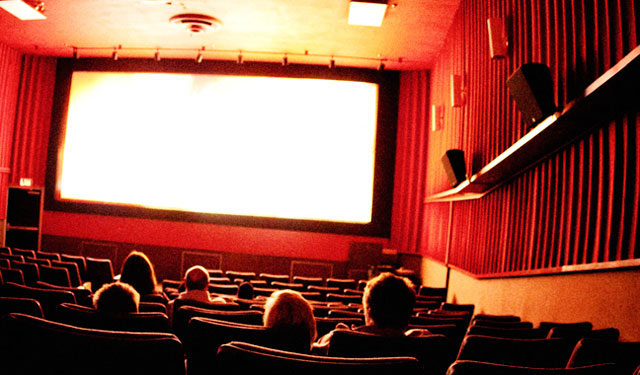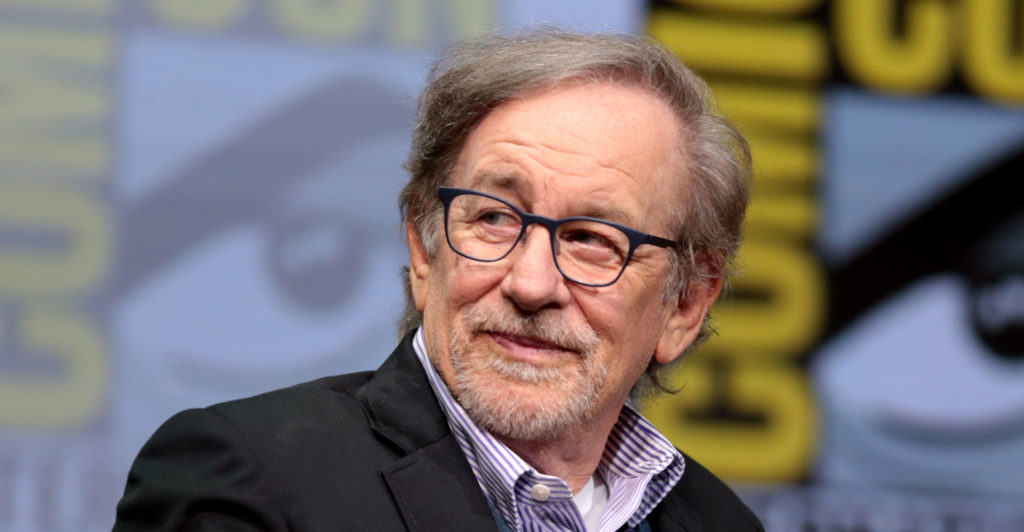
In June 2013, at a University of Southern California event with George Lucas, Steven Spielberg predicted an implosion of the film industry. The failure at the box office of “tentpoles”, mega-budget movies that are designed with potential sequels in mind and anchor a studio’s release schedule, “are going to go crashing to the ground, and that’s going to change the paradigm”, he said.
This may not seem to be happening, but Anne Thompson shows us in her interesting and illuminating new book, The $11 Billion Year, that the prediction has already come true. White House Down, After Earth, The Lone Ranger, Turbo and R.I.P.D. all tanked at the box office and the whole cinematic apparatus, the paradigm of production, distribution, exhibition and the technological, economic and political structures that underpinned it, have indeed changed.
“In 2012, the US domestic movie box office delivered a record-breaking US$11bn, up 8,4% on the previous years,” Thompson writes. “If the record foreign box office is added to total it would have been a $35bn year.” But she goes on to show that “despite appearances, the movie business isn’t thriving. The seeds of the industry’s destruction were present in 2012.”
The reasons for this that emerge from the book are dominated, unsurprisingly, by the influence of digital. The book shows how and why in 2012 the word “film” officially became an anachronism: by 2012 the changeover to digital was pretty much complete.
What becomes clear from Thompson’s book is that the whole system has changed, at least as it pertains to the “global” film industry of the US.
Movies are now made digitally. On one hand, this permits all kinds of additional special effects which can potentially make them very expensive; on the other hand, more personal dramas that don’t require much post-production can now be made on a micro-budget. As a result, in 2012, Sundance logged more than 4 000 feature submissions: the problem becomes one of finding screens for all these films.
Screen conversions from 35mm to digital expanded globally from 16 000 in 2009 to 36 000 in 2010 and by 2012 the changeover was complete. Studios benefitted economically, but according to Thompson, many filmmakers “try to sock away a 35mm print of their films for safe-keeping as digital formats demand constant, expensive upgrading to the latest system”.
The whole distribution system has changed too. It used to be that movies played in cinemas, then the film was made available after three or four months at a premium cost by video on demand (VOD). Then it would be sold and rented on DVDs, then showed on pay cable, and then made available on broadcast television all over the world. Now, there’s a rush to get everything to VOD as quickly as possible. Some films are made available on VOD before they are screened in cinemas, or bypass cinemas altogether.
According to Thompson:
Close to a quarter of the 2012 Sundance releases were made available concurrent with or before their theatrical openings on VOD outlets – cable iTunes, Hulu or filmmakers’ own websites.
Josh Whedon’s In Your Eyes is an example of a film that bypassed traditional distribution structures and went to VOD on the very same day it was premiered at the Tribeca film festival. This is the type of distribution most cinema owners fear: it renders them obsolete.
A bit of comparison. In 1982 Spielberg’s E.T. was the biggest box office success of its year. It was based on an original story and it stayed on screen for more than a year in America. It was a “four quadrant movie”, a film that is equally appealing to young, old, male or female, the kind that studios constantly chase after. Compare this to the top 26 films of 2012:
Nineteen were based on some other property, eight were sequels, four were comic-book franchises, two were remakes, two were prequels, and seven were originals.
Of course, this isn’t a herald of the death of cinema, but rather, as Thompson writes, “Spielberg and Lucas were basically calling attention to the end of the movie business in which they grew up”. Spielberg, as powerful a director as there is in Hollywood, struggled to get Lincoln made. It was a serious drama with no sequel potential. It wasn’t based on a comic book, and getting the money to make it had been so difficult he considered turning to HBO.
Steven Soderbergh did indeed go to HBO to make the Liberace biopic, Behind the Candelabra. As a studio movie it would have cost $70m to make and the studios didn’t want to risk it, even with Matt Damon and Michael Douglas attached to star. It was made instead at HBO for $23m, won the Emmy, and was released theatrically outside the US.
Oliver Smith, Martin Scorcese, Michael Mann, Neil Jordan and Spielberg himself now all routinely work in television. That’s where serious drama and comedy that isn’t aimed at adolescents are being made.
What Thompson doesn’t explore are the aesthetic consequences of this. What might it mean to cut off romance, interiority, complex character psychology and so on from big screen presentation? Many might ask if it would matter if the bigger and smaller screens carve up different genres or different thematics amongst themselves, with spectacle relegated to the big screen, and more personal dramas to the smaller screen. But I think it matters a huge amount.
If Thompson doesn’t answer this question, she does touch on many others that I have not addressed here. The £11 Billion Year was inspired by William Goldman’s The Season: A Candid Look at Broadway. What Thompson does is follow, in chronological order, the developments in film in 2012 from Sundance to the Academy Awards to afford herself and us a critical look at the state of the industry and the state of the art. And as her vividly entertaining and informative book makes clear in so many different ways, the prognosis is not good.![]()
- José Arroyo is lecturer in the department of film and television studies at the University of Warwick
- This article was originally published on The Conversation




